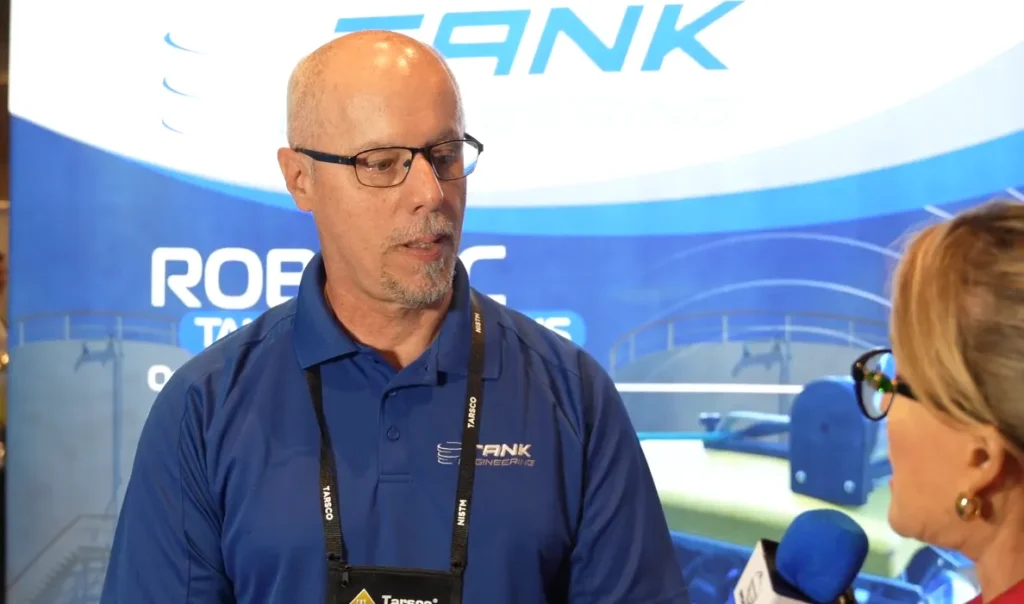In the world of storage tank inspection, adapting to technological and regulatory changes is a constant challenge. Jeff Kitchen, Regional Manager of Tank Engineering and Management Consultants, Inc. shared with the Inspenet team how his company has managed to stay ahead of the curve after more than 40 years of operations in the United States.
With a solid track record and a team of highly qualified engineers, Tank Engineering has specialized in the inspection of above ground tanks, pressure vessels and piping, complying with API 653, 510 and 570 standards. These certifications guarantee an in-depth view of the structural and functional condition of the inspected systems.
One of the cornerstones of Tank Engineering's service is its comprehensive approach that, according to Jeff, the company can do everything above ground, from tank inspections to vessels and piping, all under one roof. This capability saves clients the complexity of hiring multiple vendors, offering unified, technical and reliable solutions.
Moreover, since they are not linked to component manufacturing, their reports are prepared without conflicts of interest, providing unbiased technical evaluations that favor informed operational decisions.
Another strength that Kitchen highlights is its ability to design customized solutions, with more than three decades in the industry. Many times customers are not aware that they have a problem and that is where the team's expertise comes into play, able to anticipate failures, suggest adjustments and improve operational efficiency.
This proactive approach has been key in helping power plants, chemical facilities and other industrial infrastructures optimize the life of their tanks.

The most striking advance, without a doubt, is the incorporation of robotic technology to perform internal inspections in tanks that cannot be emptied. In situations where stopping the operation would mean millions of dollars in losses, Tank Engineering offers an opportunity to insert a robot inside the filled tank to perform thickness measurements and other critical tests.
Jeff explained that many customers only have one tank and cannot empty it, and the only option is a robot that allows them to do everything required by regulations without interrupting service. This non-invasive technique optimizes resources, avoids risks and ensures compliance with inspection deadlines without operational impact.
The company rigorously faces the challenge of environmental compliance and by working across the country, they thoroughly research the specific regulations of each state, ensuring compliance with all local and federal requirements. This, coupled with the use of advanced technology and ongoing training of their team, cements their reputation as a trusted leader in tank inspection.
For more NISTM 2025 content, visit our YouTube channel and LinkedIn profile.
Source: Inspenet.